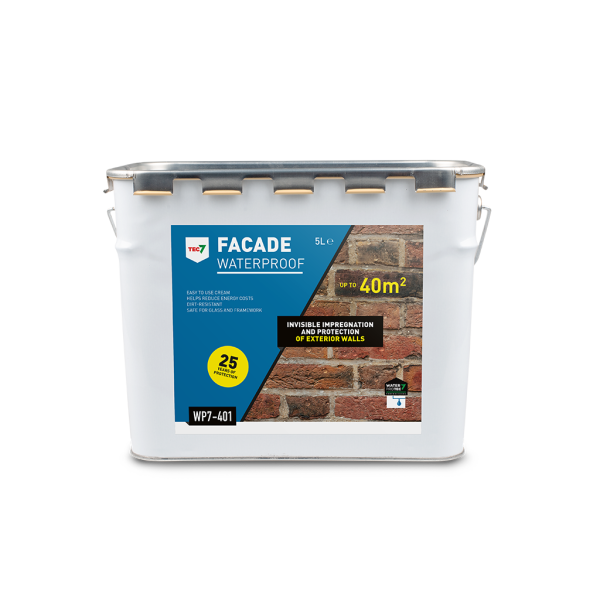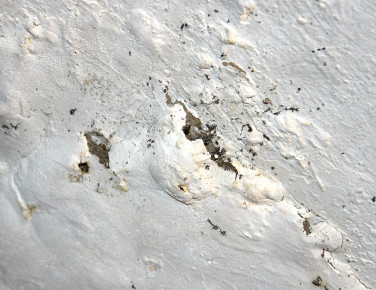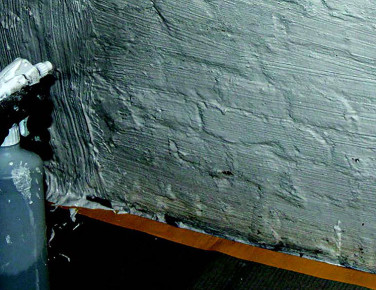
WP7-401 Facade Waterproof
INVISIBLE PROTECTION AND SEALING OF EXTERIOR WALLS
The presence of wall salts and their harmful effects must always be taken into account in the treatment and after-care of damp in walls and basements.
The presence of wall salts and their harmful effects must always be taken into account in the treatment and after-care of damp in walls and basements.
The best known salt is common table salt or sodium chloride. However, there are a dozen of other salts that play a role here, mainly chlorides, sulphates and nitrates. These salts dissolve in groundwater or rainwater and end up in the walls.
When that water evaporates, these salts will crystallize. This produces a yellow, white or pink efflorescence on the surface, in the form of a powder, hair-shaped crystals or granular structures. It is also popularly known as saltpetre, from the Greek "sal" (salt) and "petra" (stone). This is usually harmless, but it is best to wear a dust mask when brushing it off.

"IF THESE SALTS CRYSTALLIZE INSIDE THE FACADE, THEY CAN CAUSE DAMAGE."
If these salts crystallize inside the facade, they can cause damage. Crystals take up a relatively large amount of space, and the crystallization pressure can cause the surface of the stone to be dislodged or pulverized. This is a common problem ...
Some salts do not crystallize, but have a tendency to attract humidity. That is why we often put a few grains of rice in a salt shaker. We call these hygroscopic salts. They cause large wet stains in walls, even when the weather is dry.
The WP7 products ensure that salts are rendered harmless by shielding them from moisture or by significantly slowing down the crystallization process. It is very important to strictly follow the instructions for use.

"THE WP7 PRODUCTS ENSURE THAT SALTS ARE RENDERED HARMLESS BY SHIELDING THEM FROM MOISTURE OR BY SIGNIFICANTLY SLOWING DOWN THE CRYSTALLIZATION PROCESS."